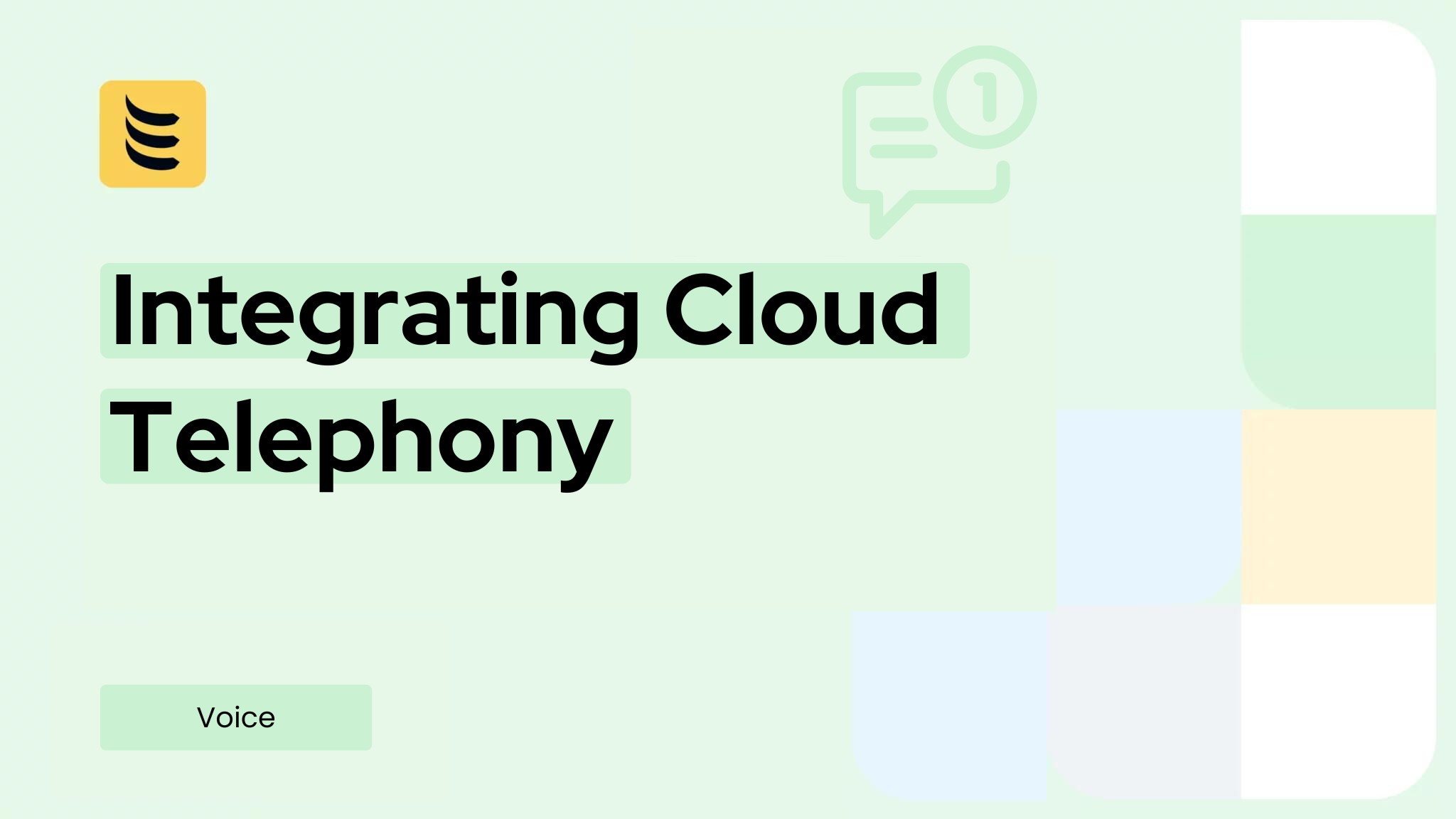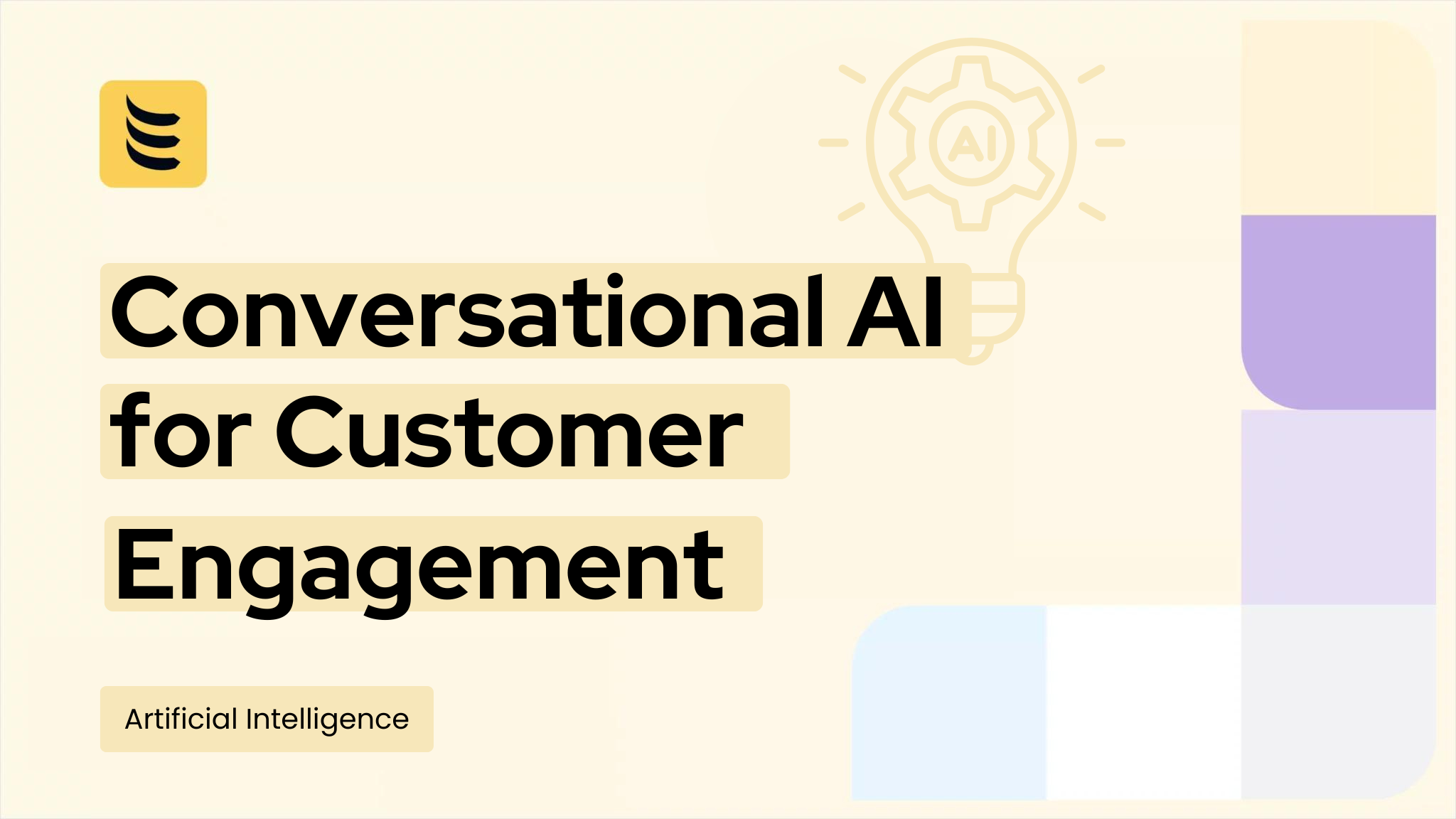In the telephone’s early days, the idea that you might dial a number yourself was unthinkable. You called an operator, and they connected you to the person you wanted to call. The standard connection method was physical–rather than using features like DID numbers (or “virtual numbers”), the operator plugged a wire into two sockets at each end to make the link.
As technology developed, exchanges became more automated, and it became possible to dial another phone directly without the manual intervention of an operator. In an indirect way, this new system created the need for DID numbers.
The History of Area Codes
The introduction of area codes made direct calling viable on a wider scale. Initially, the area code scheme for North America was implemented by AT&T and Bell Laboratories in 1947. The mapping of area codes over the USA and Canada created the North American Numbering Plan (NANP).
NANP created 86 area codes for North America. All were made up of three digits. States and provinces that were entirely covered by one area code got numbers with the middle number being “0.” Those states that had more than one code were given numbers with a “1” in the middle.
Numbers were not issued sequentially, so there was no impression of proximity. However, already, at this early stage in the development of direct dialing, the numbers people dialed gave an impression of the place at the other end of the line–a number with a zero in the middle was probably rural; one in the middle of a number conveyed an image of bustle and urban sophistication.
There were practical reasons behind the apparently random allocation of area codes. Remember that, at the time, the standard telephone had a dial, and that users had to move the dial in a circle, placing their finger in the hole for the dialed number until it touched a metal bridge that stopped the dial from moving any further. Users then removed their fingers, and the dial would rewind back to its initial position. As a result, higher numbers took longer to dial than lower numbers.
As an example, densely populated Southern California was allocated 213 as its area code. This was very quick to dial and catered to a potential for a high volume of calls. Neighboring Nevada, which was sparsely populated, got 702 as its area code.
Allocating lower numbers to high population areas wasn’t just a service to the consumer. When each number was dialed in the phone, it sent a message through to a physical selector in the exchange, which ratcheted up and down a rod according to the number dialed. Lower numbers resulted in less wear on exchange equipment and a faster connection establishment process. Already, phone numbers had started to assume subliminal personalities–even though the reasons for number allocation were entirely practical.
The concept of area codes eventually crossed the Atlantic with the first UK direct dialed call being made in 1958. The system was launched with a call made by Her Majesty Queen Elizabeth II from Bristol to Edinburgh–the longest distance numbers could cross at the time.
Private Exchanges
The national phone network made it possible to dial any number from any other number without the help of an operator (though if you were calling a business, you would still inevitably be met with a switchboard operator who would then connect you to your desired extension). That switchboard is known as a “private branch exchange,” or PBX.
As technology evolved, the PBX was transformed into the PABX – a “private automatic branch exchange.” The PABX is a type of PBX. The term “PBX” hasn’t been replaced–it’s still generally used in the industry to label all types of exchanges.
With the arrival of PABX, callers were able to dial into a company office and then dial an extension. Office workers could call each other directly with just the extension number. Often, to make an external call, they would first have to dial an access number, usually “0” or “9” and wait for the dial tone to change before dialing the number.
Digital Transformation with DID Numbers
The introduction of voice and data networks for offices created a business telephone revolution. Digital PBXs enabled groups of numbers to be bundled together. Rather than using extension numbers for each phone within the business, all could now be reached by outsiders though DID numbers. The reception desk, which previously doubled as the telephone operator for the company, could still be reached through one master number.
DID stands for “direct incoming dialing,” and the ability to issue numbers throughout an organization that can be reached directly without an extension truly illustrates this concept. In Europe and Oceania, DID numbers are called “DDI numbers.” This stands for “direct dial-in.”
VoIP Evolution
PABX systems with DID numbers prompted a conceptual leap for both businesses and consumers. Traditionally, one number had to be assigned to one building. The advent of DID changed that requirement. Now, it is common for several numbers to be applied to one building. However, as the adoption of mobile devices has increased, the idea that the target of a phone number could move has also become an accepted fact.
Internet telephony created another leap in perception, which has still not quite become common knowledge: that is, that a number doesn’t need to be attached to a device.
Office-based digital PBX systems are software driven. They have consoles where an administrator allocates a number to a specific endpoint. Now, imagine if that PBX was accessible over the web through a browser. Today, there’s no technical reason why a company’s phone system administrator should be limited to only allocating numbers to phones within the same building.
One big block on that idea, you might think, is that each phone has to be located within the area denoted by its number. Well, not any more. Thanks to cloud-based PBX systems, calls can be channeled over the internet to anywhere in the world in a split second.
DID numbers open up the traditional office space to the entire world. You don’t need to pen your workers into one space. They can work from home or become digital nomads, working from a traditional office building or a rest stop on a beach in Thailand. In none of these instances are remote workers actually “out of the office.”
Another important advantage that virtual numbers have over call forwarding is that return calls made from that remote employee to a customer will show up on any caller ID unit as the company’s number. The customer won’t know that they are being called from a different location. Further, the call, being channeled over the internet costs the same as a local call.
Entire businesses can switch locations without their customers catching on. This means that you can move your business out of high-cost cities into less expensive regions, but still appear as if you’re “local” to customers in the big cities. You can offshore your back office in order to save money on office space and staff, but it’ll still seem as if you’re in the big city, thanks to DID numbers.
Internet Telephony
Internet telephony technology is called “VoIP,” or “Voice over IP.” This technology has been around for a long time–beginning in 1973. However, it didn’t become feasible as a service to the general public until broadband internet became widely available. Private, office network-based VoIP systems became common long before the technology was applied to public telephone systems.
The first VoIP application, Speak Freely was released in 1991. Digital PBX systems first became available in 1999. It has taken a long time for entrepreneurs and marketers to expand this technology into being accepted as mainstream by the general population. However, we are now reaching that tipping point.
DID Number Providers
As VoIP technology has developed, the internet telephony industry has further differentiated. As a result, there are now many different wholesalers in the VoIP business offering different services. One sector of this market is fulfilled by DID number providers. The companies that retail internet telephony don’t have to go through the administration work of acquiring valid telephone numbers from the authorities, because virtual number providers do that for them.
Into the Future
As you can see from the history of telephone numbers, the telecommunications industry has come along way over the past several decades. VoIP and the concept of DID numbers continue to carry this progression forward. However, each step in this evolution requires the general public to change their perception about communications, which can result in delays in the adoption of new technologies.
As VoIP matures and the consumer adapts, there will be more innovations. And although we can’t know exactly what future technology will bring, we can still strive to adopt existing technology and bring the future a little closer.




